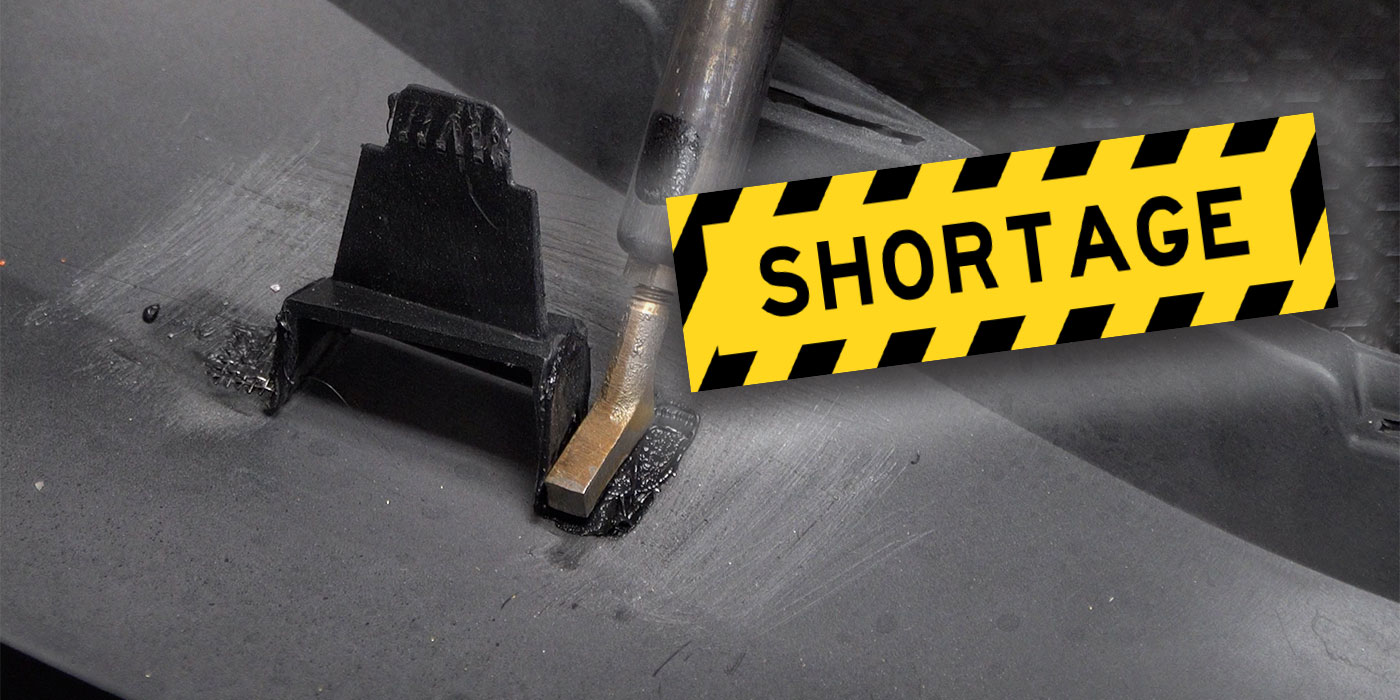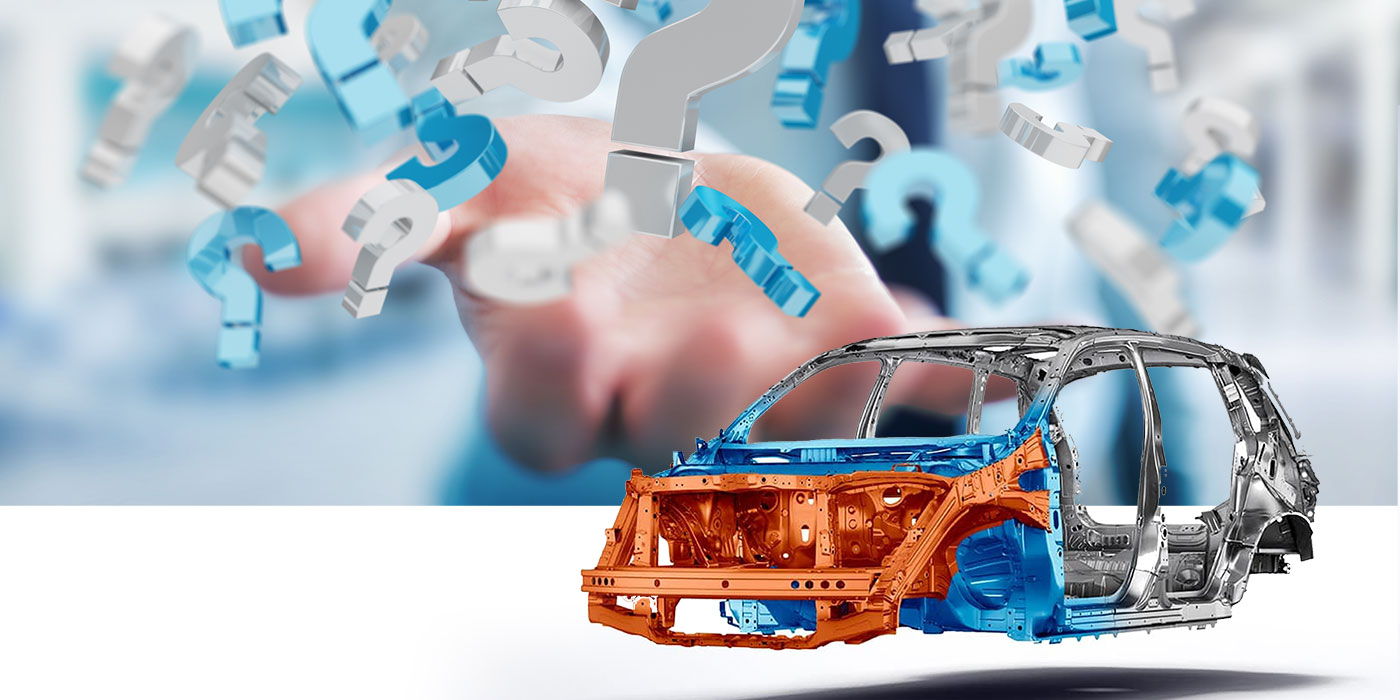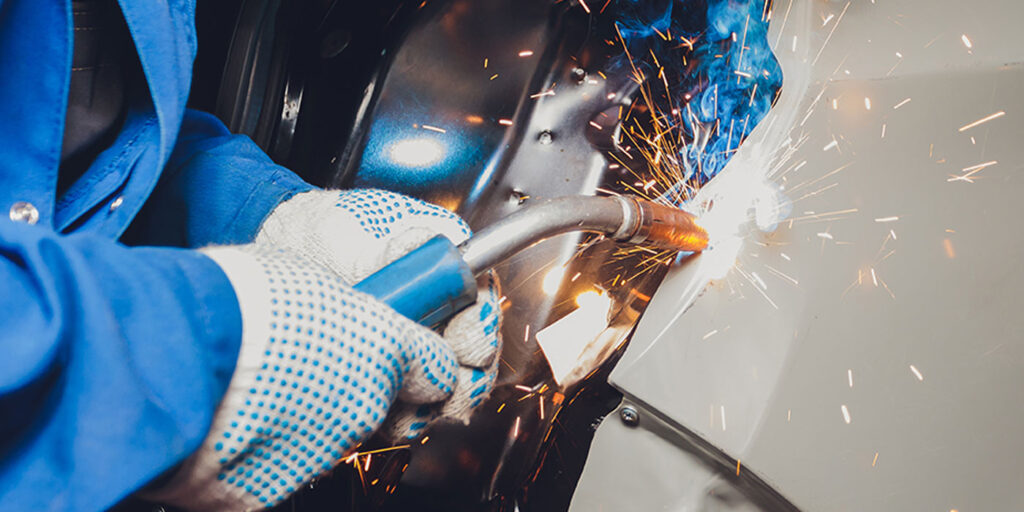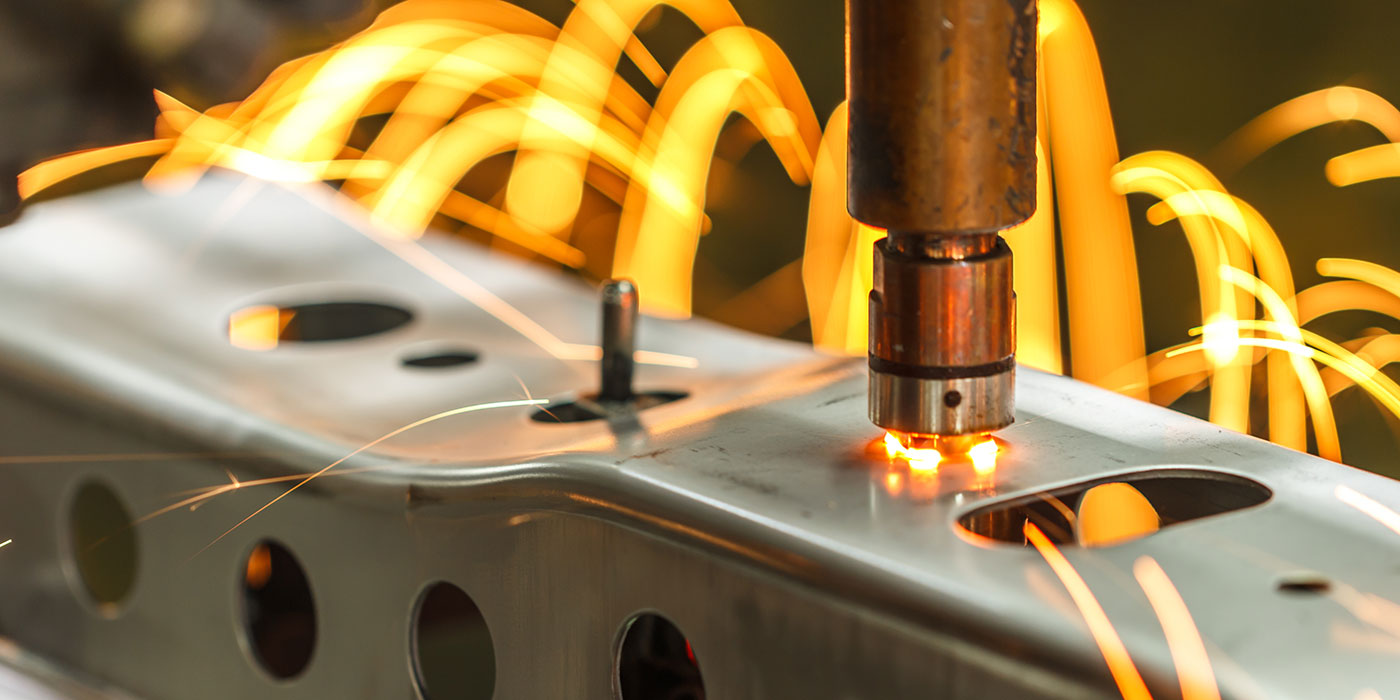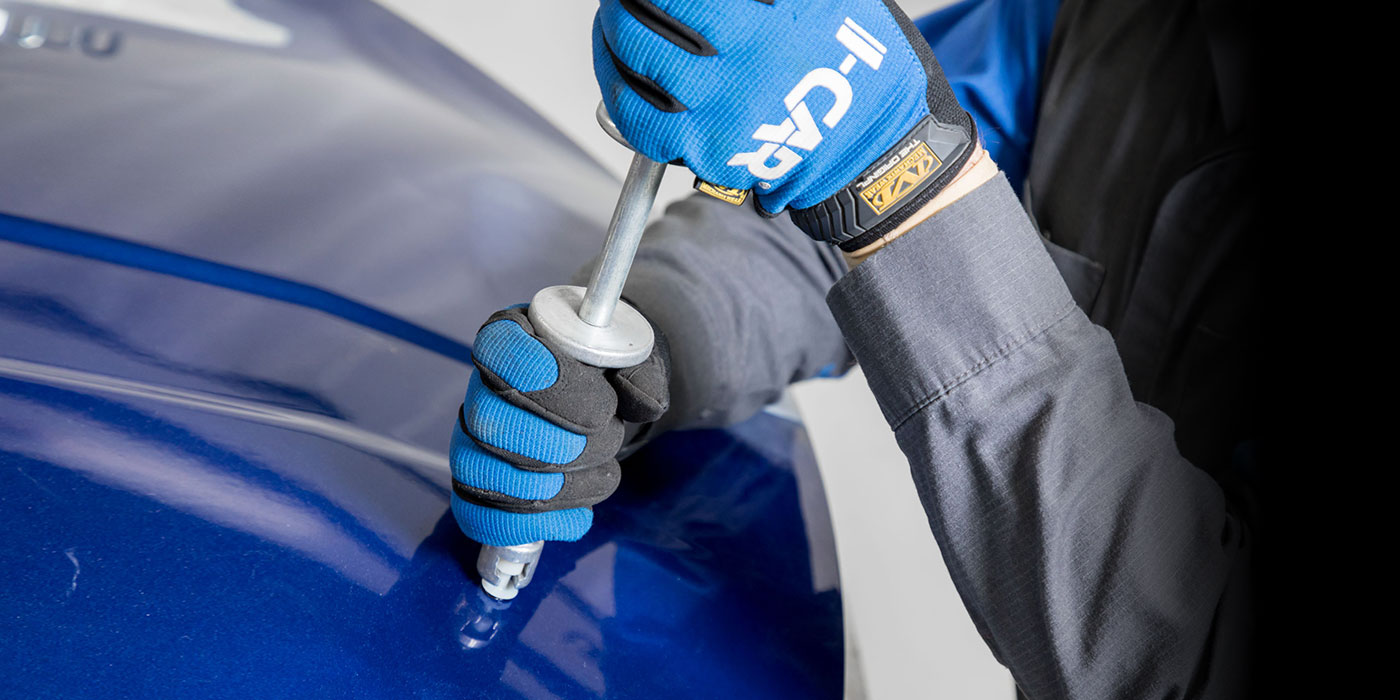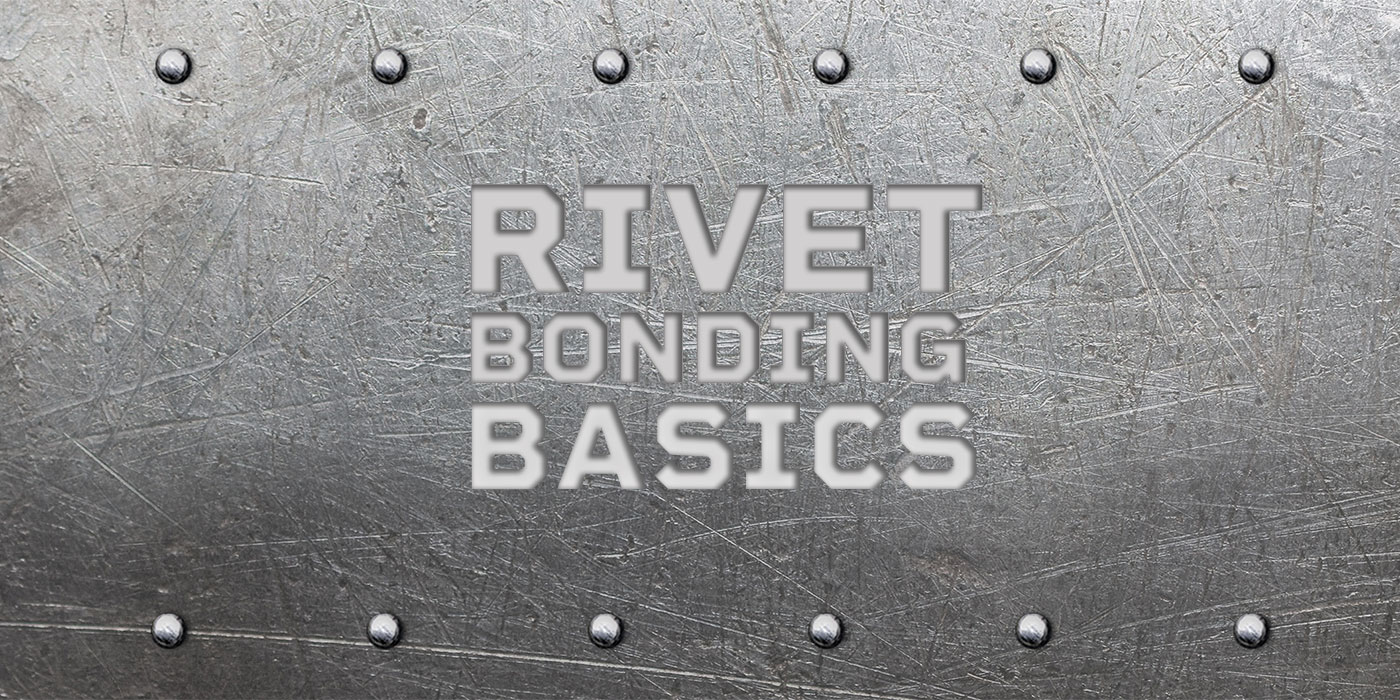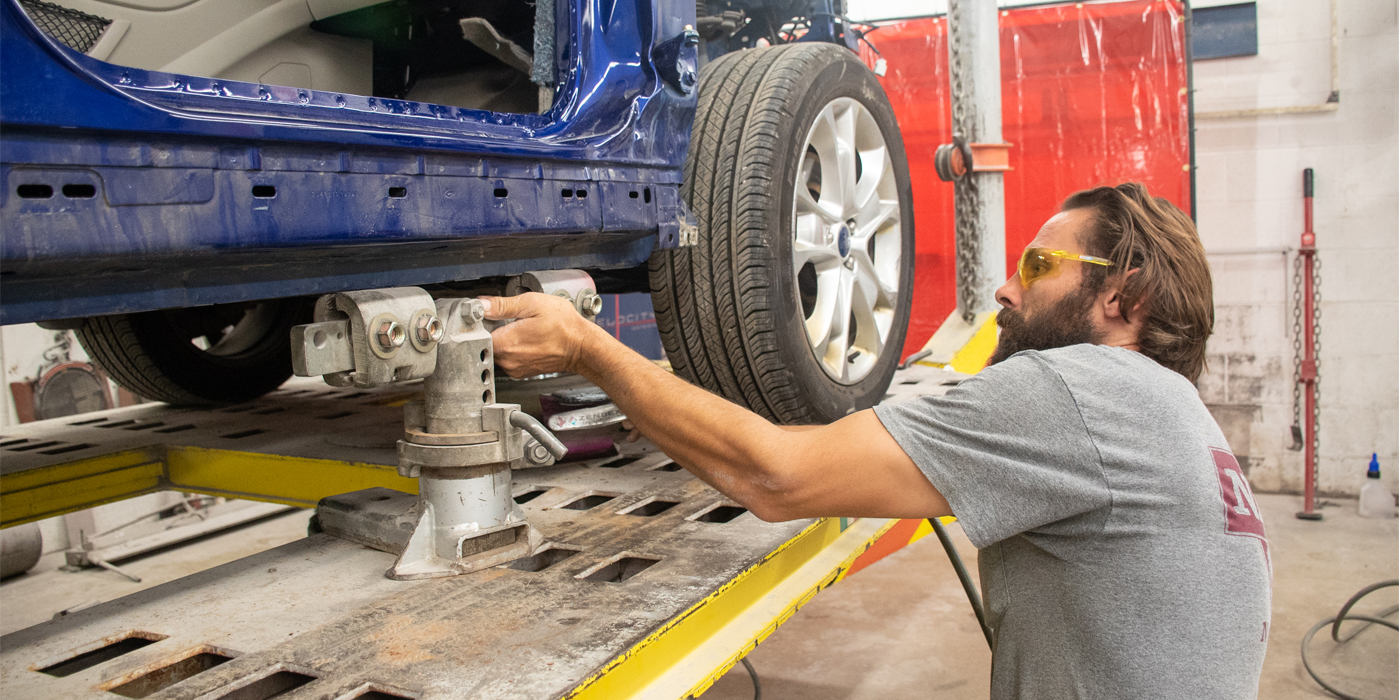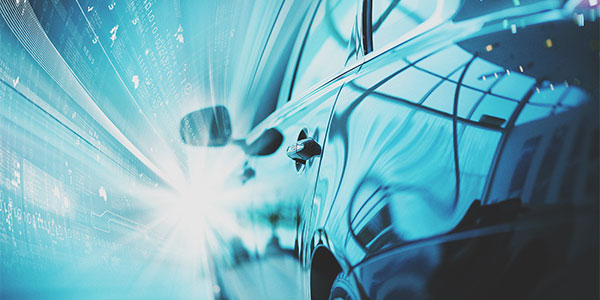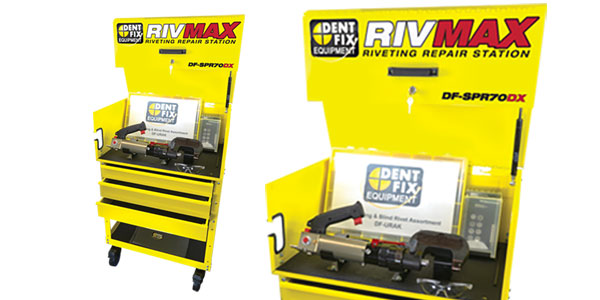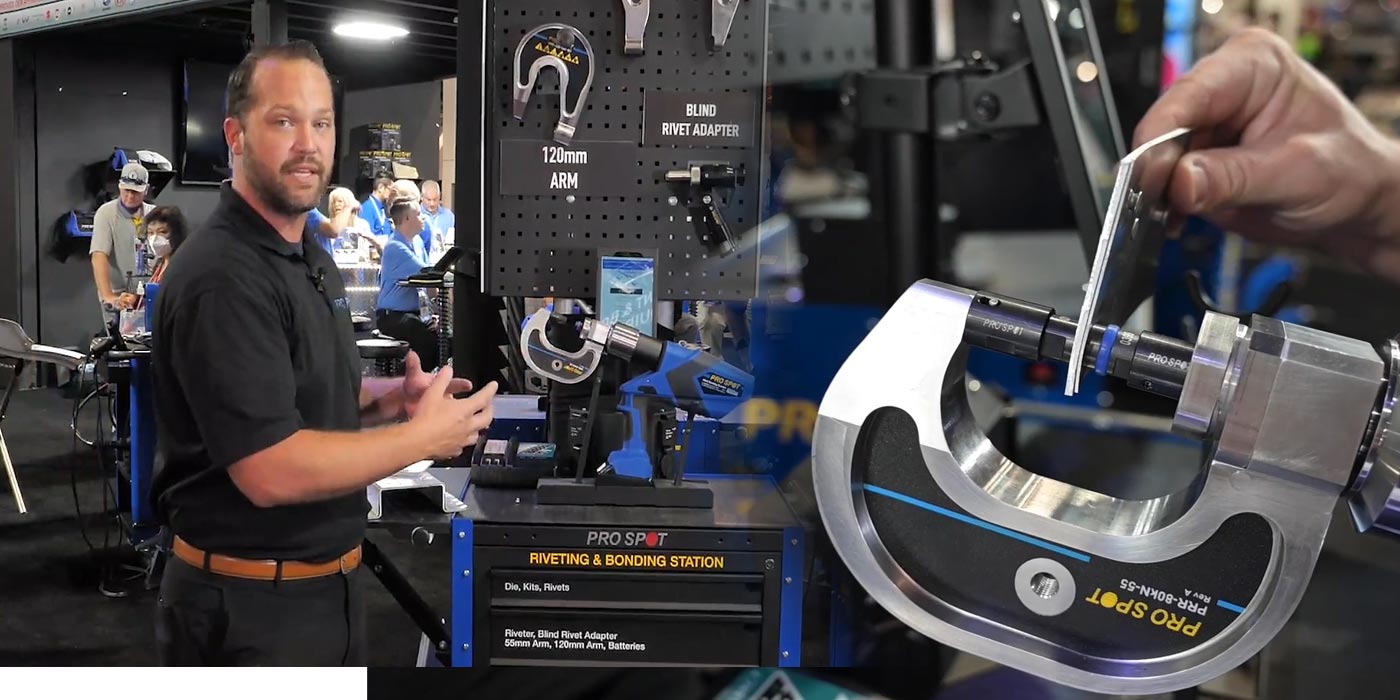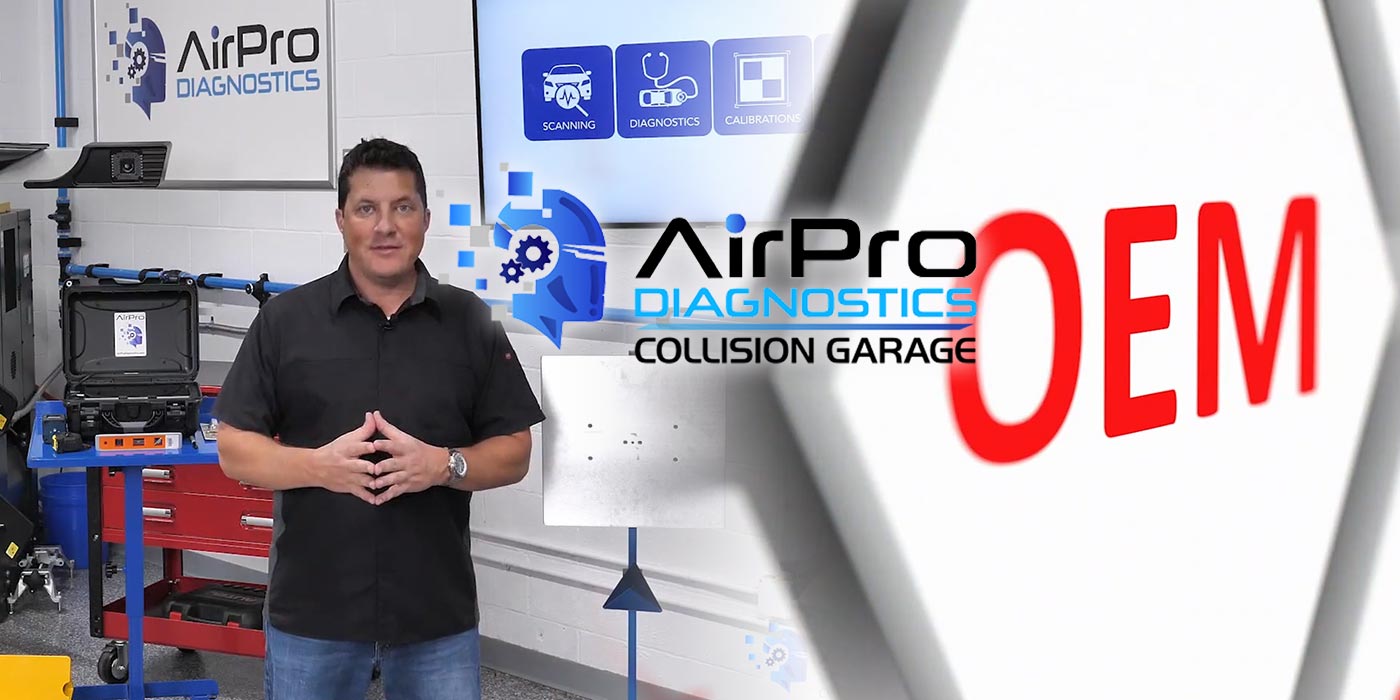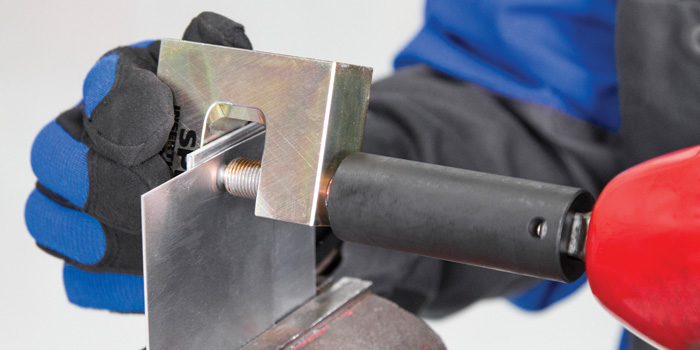
We’ve seen rivet bonding grow in use for a number of years now as it spreads into more mainstream vehicles such as the Ford F-150. Mercedes, BMW and others have increased the use of this process as rivet guns and adhesives increase in quality and strength and continue proving themselves as a structural repair.
Rivet bonding is not just increasing in aluminum but steel and composites as well. This lightweight and no-heat bonding of materials offers options for manufacturing that current squeeze-type resistance spot welding (STRSW) does not.
Auto repair facilities should look into procedures and equipment and be prepared. I-CAR has a new hands-on rivet bonding course which will explain and help technicians learn hands-on procedures for installing and removing all rivets, why this is important and understanding the changes happening. Hopefully, this will shed light on why training is important.
Why So Popular?
Reducing weight in vehicles for the government CAFÉ requirements is pushing vehicle manufacturers to think of new ways of building automobiles to increase strength, lower weight and increase End of Life of Vehicle (ELV). To accomplish this goal, automakers have three basic strategies:
- New steels — Different alloys and manufacturing of parts of vehicles has dramatically increased vehicle strength and reduced overall weight. This trend shows no sign of slowing down in the years to come. Expect newer designs and stronger ultra high-strength steel and high-strength low alloy steels to come.
- Different metals — Aluminum and magnesium, along with others, are being used by themselves and in conjunction with other metals building a hybrid design of structure. The hybrid construction gives manufacturers the benefit of all materials. The welding of dissimilar metals to create a hybrid structure may not be possible.
- Alternative materials — Carbon fiber and other materials to be seen soon on vehicles will need to be bonded to other structures or materials. Limiting manufacturing to one metal or material can limit the weight savings of weight or increase in strength, which is why having multiple materials is much more beneficial to automakers. Much of the issues of the past resulted from the dilemma of how to join these different materials for these benefits. Rivet bonding is definitely the best current option as STRSW may not be an option. This is good for shops as rivet bonding can be duplicated in the field. This eliminates the argument that shops can’t duplicate OEM procedures during welding.
Why the Need?
In the past, spot welds were the easiest and most effective way to assemble automobiles. They were quick and light weight, and the steels were not as prone to cracking under stress loads or cracking from the heat of the spot weld. To use a procedure that allows the joining of any two materials together without heat damaging the desired or manufactured properties of the material is a win for vehicle manufacturers.
Heat
When combining metals using a welding process, the heat of making the weld can do damage to mechanical properties. No matter how good STRSW is, the heat from the weld causes changes. This change can create a weakness to the weld, as the heated steel is not as strong as the surrounding steel. This heat can also cause a failure over a period of time over expansion and contraction stress loads, vibration or even forces of stress from a crash. The heat also causes a corrosion hot spot as corrosion protection is burned away from the heat. This is also a potential failure of the strength of the weld.
Weld bonding is better, as the adhesive helps seal the areas being welded for better corrosion resistance. The larger surface contact of the adhesive also helps in adding strength to the forces of tensile and lap shear, reducing the stress fracture and failures of the weld. This gives strength and longevity to the weld.
Duplicating weld bonding in repairs can be difficult as many times welds need to be placed away from previous welded metal. Also, access to areas to be welded by STRSW machines could be limited. Weld bonding with gas metal arc welding is difficult as heat from the plug weld causes an issue with adhesives.
This is why MIG brazing is becoming so popular in repairs with seam welds. This low-heat brazing process gives incredible strength with very little heat that may damage the metal’s mechanical properties. MIG brazing also limits damage to the metal’s corrosion properties. The success and strength of MIG brazing lies in the amount of surface area being bonded.
Adhesive Only
I’ll probably offend some adhesive manufacturers here, so let me start by saying that adhesive bonding is awesome. I truly like the idea. The problem is it has some weaknesses. The tensile strength of adhesive for adhesive bonding is great, as is lap shear strength. However, in a crash, peel strength is a factor. When technicians remove a panel that’s weld bonded, once the welds are removed and they’re separating the panel from the inner structure, there comes a point when it “pops” off. It’s for this reason (and some others) that vehicle manufacturers limit adhesive-only bonding. If written procedures exist from the manufacturer for adhesive-only bonding, then I’m all for it. Without a written procedure from the vehicle manufacturer, I suggest following the procedure given by the OEM. Even though there’s a great amount of surface area bonding contact, there are still concerns.
Advantages
Rivet bonding addresses many issues. Although there’s a debate on whether rivets or adhesives are stronger or better, the answer to that debate is, “It depends on the application.”
As metals gain strength, they become more susceptible to damage from heat. Rivets address this. The fact that there is no heat during joining is a major plus for rivets. This, combined with the advantage of adhesive being able to be used right in the joint of the weld, also increases the strength and corrosion protection.
Rivets and adhesives working together gives a good bond in all facets of a crash. The adhesive carries major load in tensile and lap shear, while rivets prevent peeling from occurring.
Rivets
Three main rivet types are used in automotive: blind rivets, solid rivets and self-piercing rivets (SPRs). Each is used for different applications. Some simple application principles are:
- Access — depending on if a technician has access to one side or both sides of the bond.
- Flushness or appearance — If the rivet is visible or in the way of trim or other parts from attaching correctly to vehicle.
- Strength — the type of rivet and what it’s made of has a large bearing on which type to use.
- Corrosion — the material the rivet is made of is a factor for dissimilar metals. Another factor is movement. One of the weaknesses of a blind rivet is the space or movement allowed between materials. This is addressed by using SPRs or something with similar characteristics.
The type of rivet and where to place it will be determined by the OEM. Using the wrong type or style could cause problems during reassembly or after repairs are completed. In some cases, it will be a technician’s choice depending on backside access. The size of the rivet and the material it’s made of is not to be taken lightly. Vehicle manufacturers test which is best and will meet specs required to hold correctly, as well as surface contact and shear strength.
SPRs will require a special – and many times expensive – rivet gun. The application of which type and size is a critical factor. A self-piercing rivet gun will pierce the rivet through the top piece of metal and spread into the second. The shape and head will spread the rivet but not break the surface in the second layer. This tension holds the rivet and limits any movement or stresses on it, which reduces corrosion caused by movement on the rivet. This type can be used on aluminum and steels. The length of the rivet must meet specs as to the thickness of the panels. Too long or short will limit its effectiveness.
Blind and solid rivets require a pre-existing or already made hole. A blind rivet is a single side access rivet and could be used where there’s no access or limited access to the backside. A solid rivet will require access to the backside. The advantage to a solid rivet is the ability to be flush on one side. This will allow moldings and gaskets to fit back on the vehicle.
The hole, if required, also must be correct. Too big of a hole will allow too much movement, causing possible corrosion problems from contact with the base material and the removal of protective coatings by the rivet. If the hole becomes oversized, a different size or type of rivet may be required.
Adhesives
There are choices of bonding adhesives. Use the type recommended by the manufacturer. Be sure to use as directed. Some are bare metal, while others require primer. For maximum strength and corrosion protection, do not deviate from the instructions.
Hybrid Construction
Rivet bonding allows the manufacturers to bond dissimilar metals or even plastics to metal. The combinations are limitless as to the abilities of this type of construction. Over the years, we’ve seen structural and non-structural adaptations using rivet bonding. The adhesive strength and separating of base materials created by panel adhesives gives new abilities to engineers to combine different materials.
I’ve only covered the basics of why and how rivet bonding has become and will become more common. We as an industry have seen a lot of change in the past few years. More is to come. Be ready.



